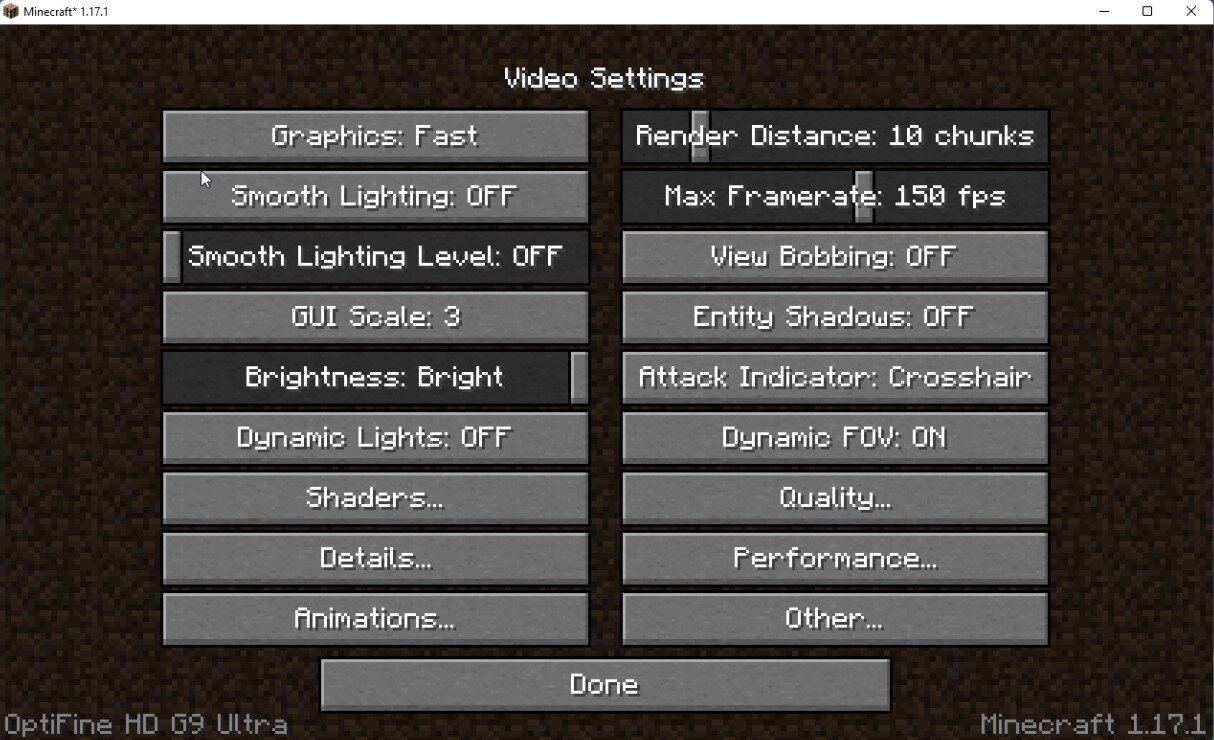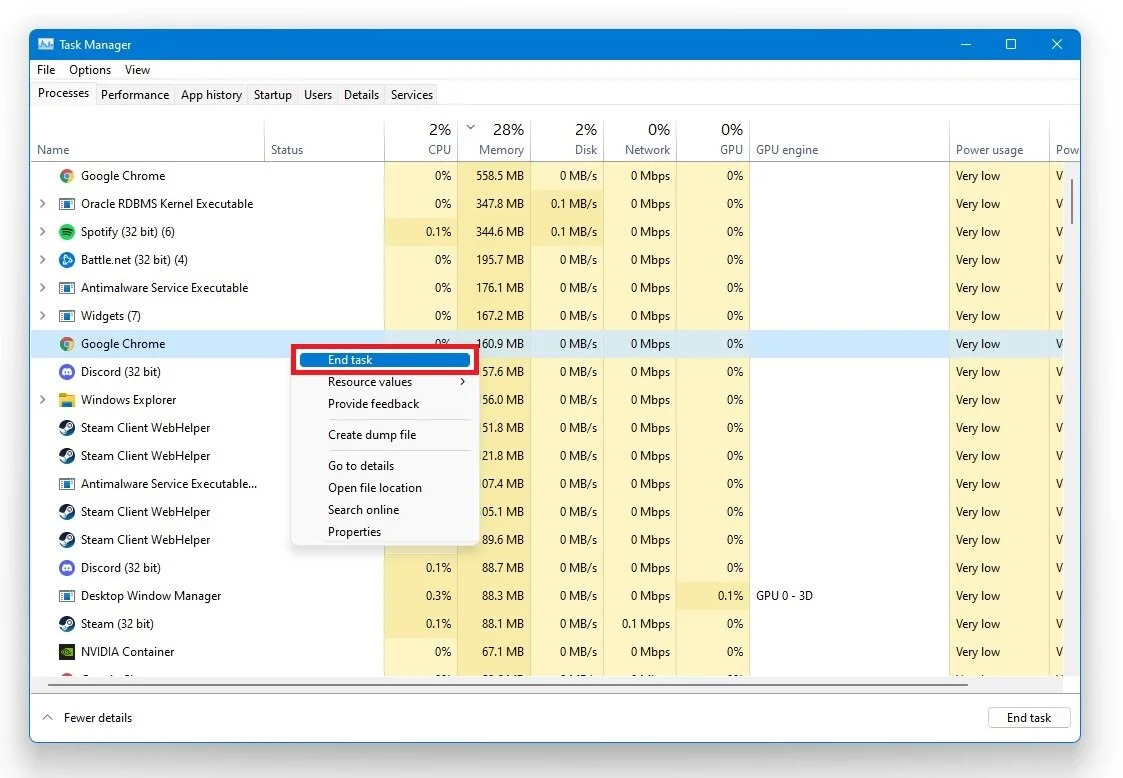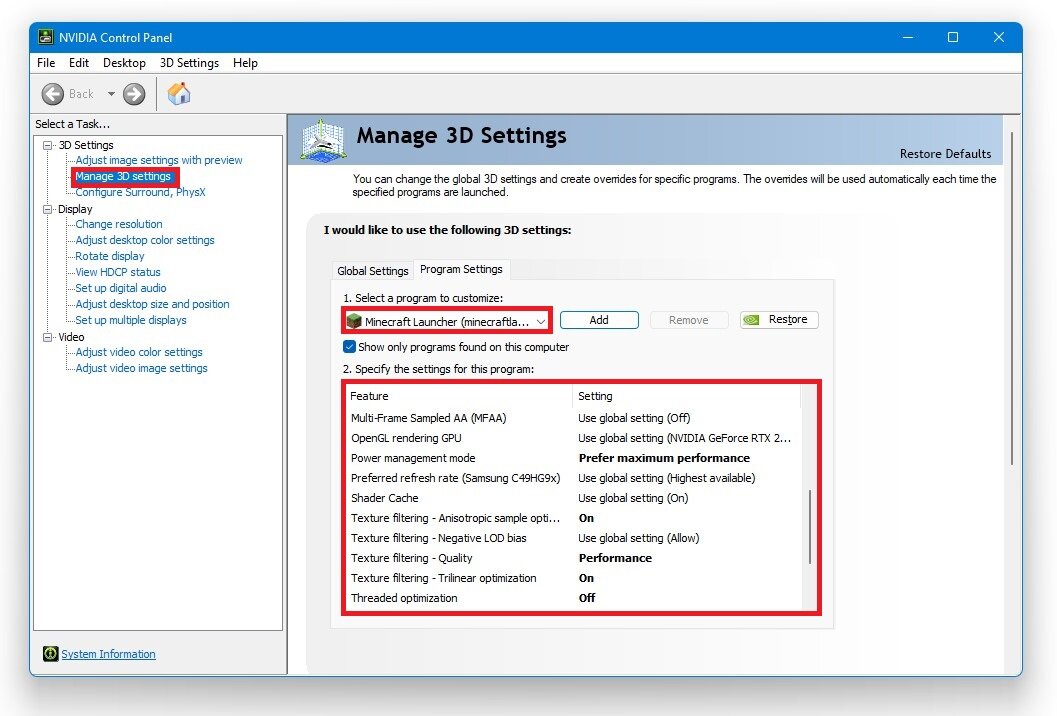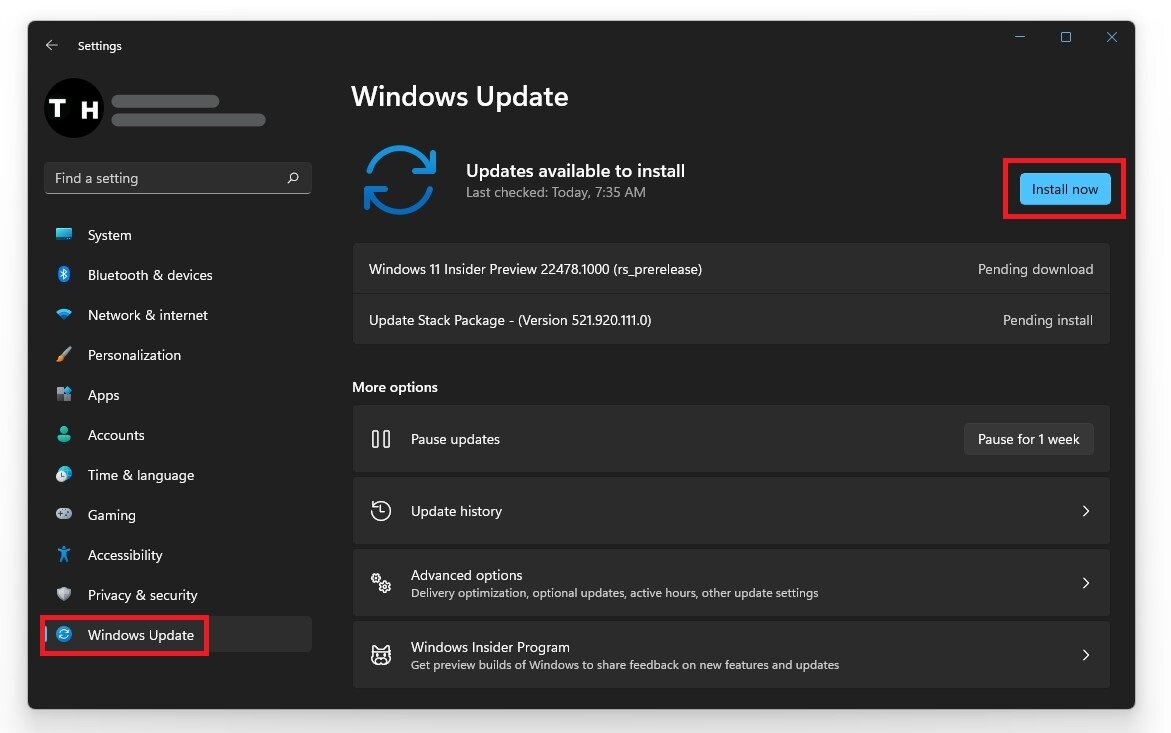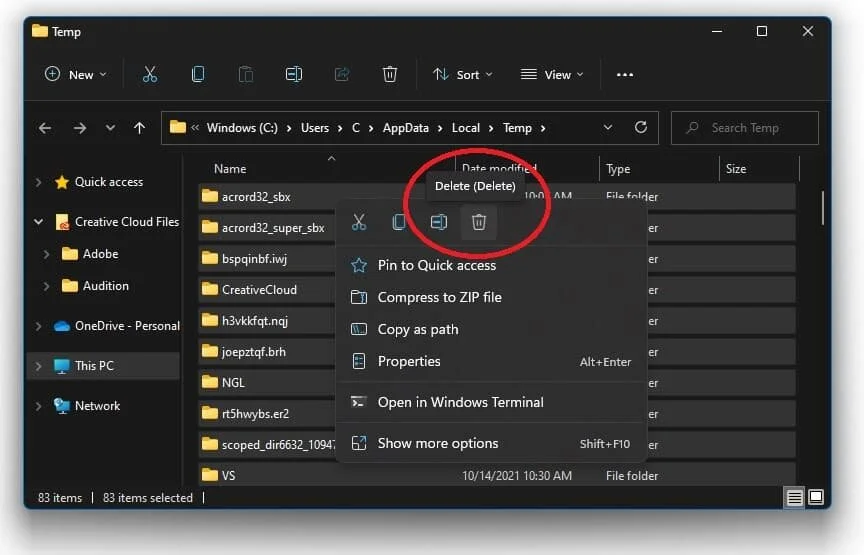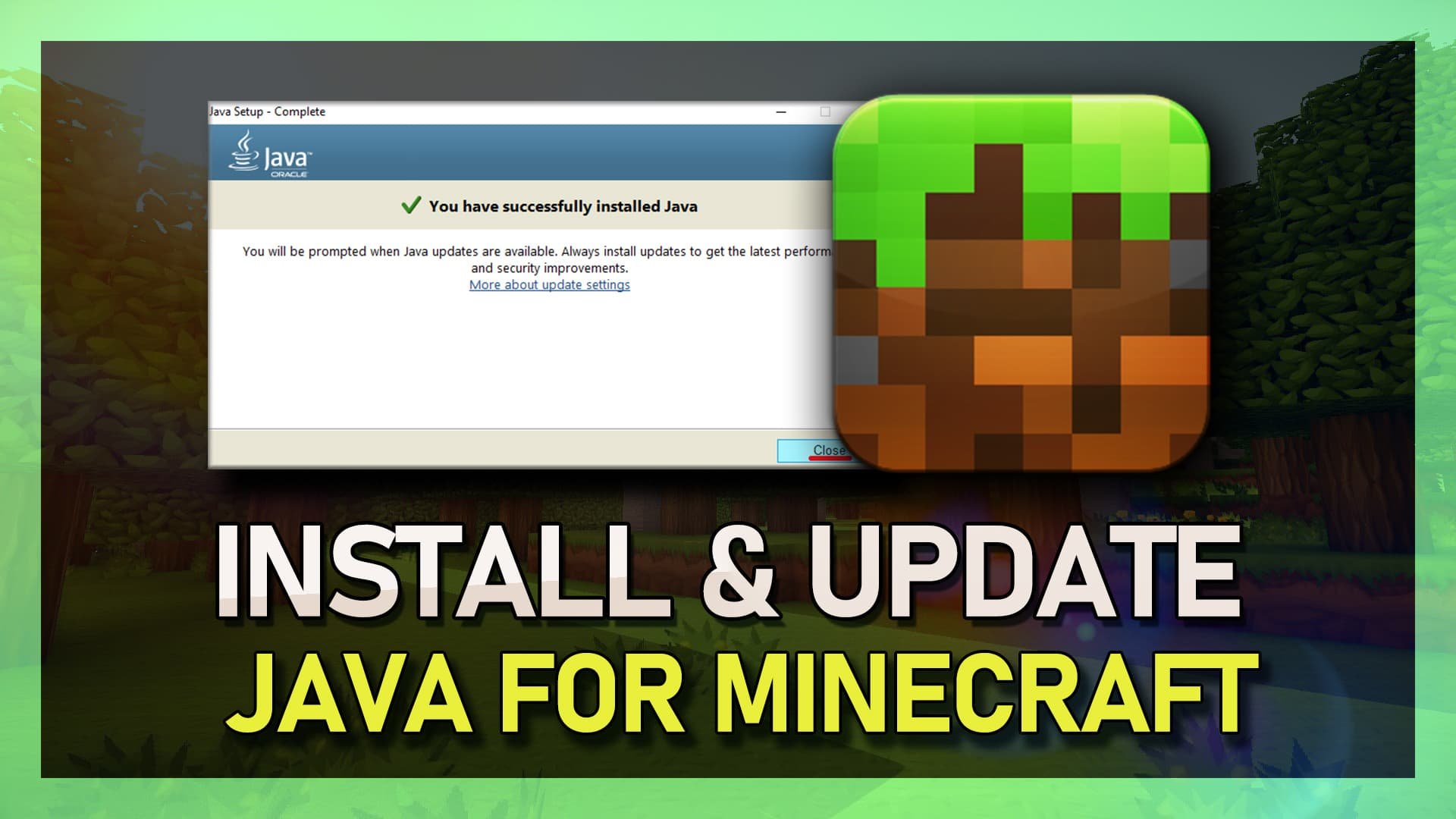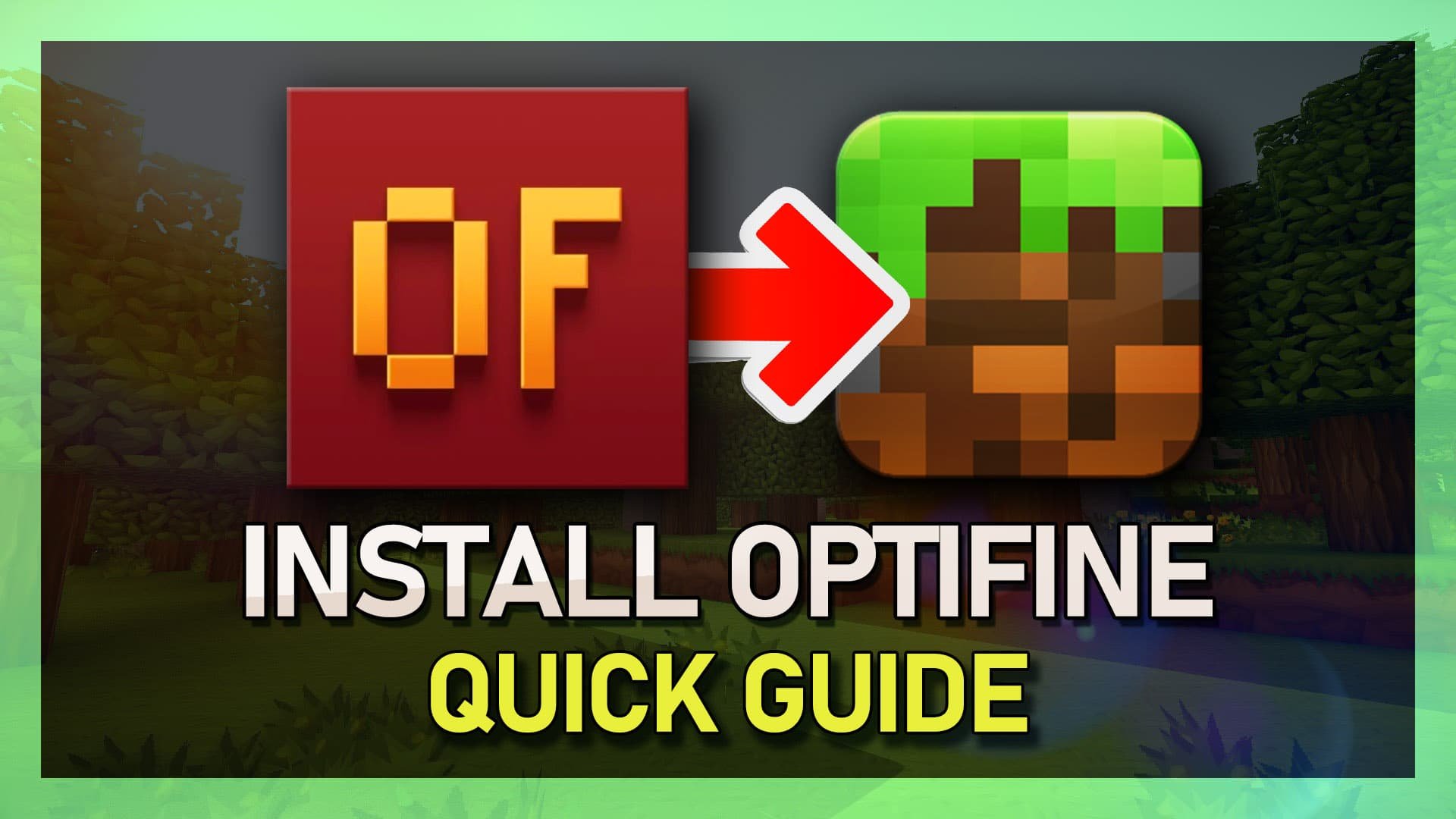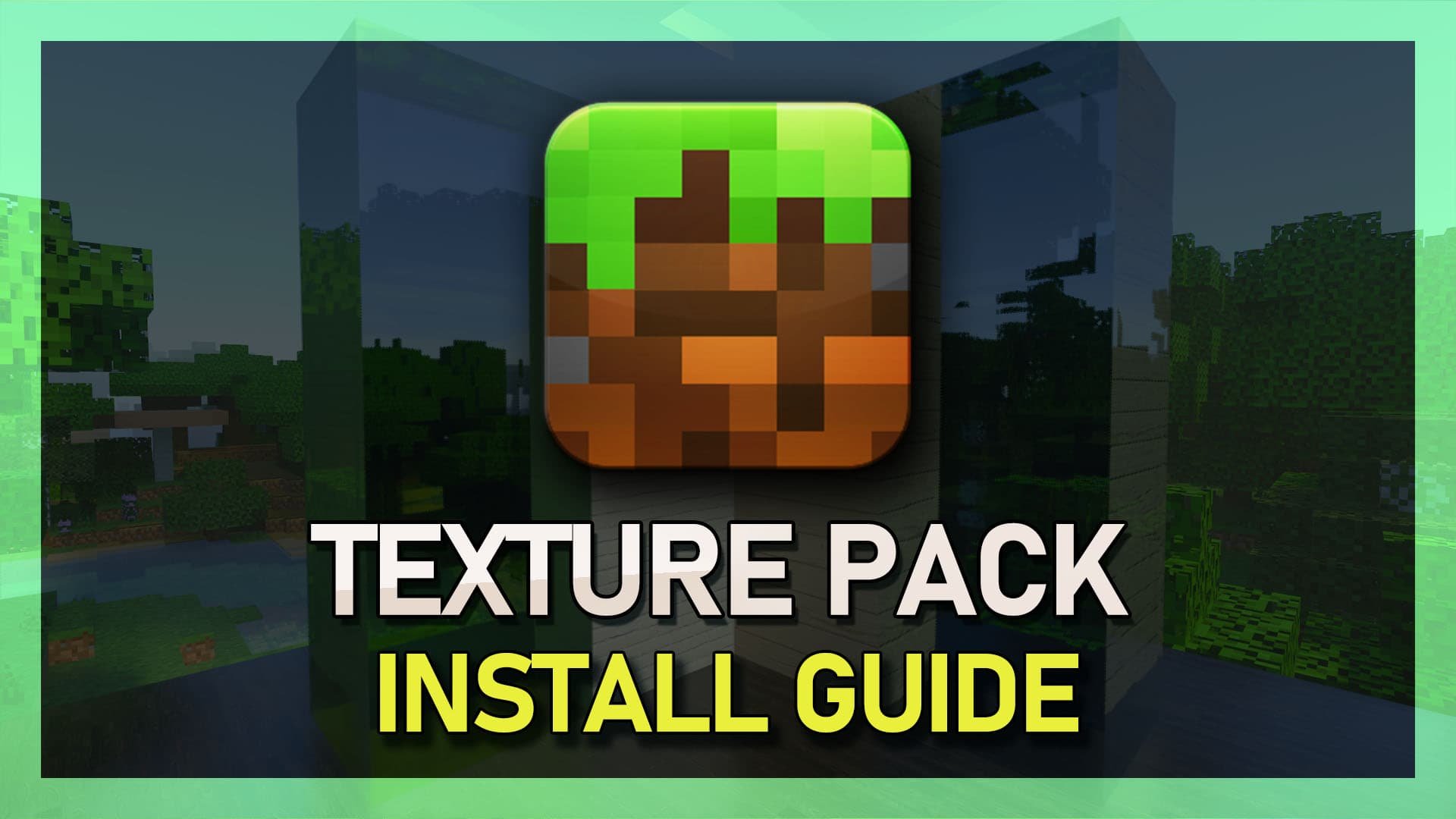Minecraft - Complete FPS Increase Guide on Windows 11
If you're a Minecraft player, you know how crucial it is to have a smooth gaming experience. A slow or laggy Windows PC can quickly ruin the fun, especially when you're in the middle of a critical task. That's where FPS (frames per second) comes in. The higher the FPS, the smoother your game runs, resulting in a more enjoyable gameplay experience. This article will provide a complete FPS increase guide for Minecraft on Windows 11. We'll explore different tips and tricks that you can use to optimize your Minecraft gameplay and boost your FPS to the maximum possible limit.
Install OptiFine for Minecraft
It’s suggested to install OptiFine to Minecraft, a Minecraft optimization mod. It allows the game to run faster and look better with full support for HD textures. It also allows you to change more options to increase your Windows 11 performance. Click here to download the mod.
Adjust the Minecraft In-Game Settings
Video Settings
Make sure to launch Minecraft and navigate to your Options. In your Video settings, set the Graphics option to Fast, Smooth Lighting to OFF, Smooth Lighting Level to OFF, which will disable shadows.
Minecraft Video Settings
Shader Settings
Set the GUI scale to what works best for you, as it will not change your performance. Disable Dynamic lights, and Shaders, and disable Anti-aliasing. When using the Internal shaders, you can change the settings below, but these will in any case, reduce your performance. If you have some frames to spare, we suggest increasing your Render Distance and not your shaders options.
Back in your Video settings, navigate to Details, and here set most of these settings to default, as it will then depend on your overall graphics setting, which is set to fast. Turn off the Sky setting, Sun & Moon to ON, Fog to Fast, Entity distance to 100%, turn off Cloud Height, and the rest can be set to default.
Minecraft > Disable Shaders
Animation Settings
Under Animations, you have the option to turn all animations off. This will increase your performance, but the game might not look as good as you wish. You can enable a few options, such as Fire & Flame animations, Potion Particles, and Lava animation, and set the Particles option to Decreased. The Render Distance option will have a big impact on your performance. A visible chunk distance of 8 should be a good trade-off for performance and visual gaming experience.
Minecraft Detail Settings
Quality Settings
For low-end PCs and laptops running on intel HD graphics, you should consider lowering this setting even more. Below set the max framerate option above your monitor’s refresh rate, and below the maximum FPS, you can get. Below, disable the View Bobbing and Entity Shadows options. Under Quality, turn off Mipmap levels—Disable anisotropic filtering, emissive textures, better grass, and custom fonts. Disable connected textures, custom sky, and custom entity models. The other settings can be left to default.
Minecraft Quality Settings
Performance Settings
Under Performance, ensure that the Render Regions option is turned off and that Fast Render is enabled. This option should reduce your CPU usage while in-game and could allow you to run the game at a higher render distance. You should also keep an eye on your framerate after changing your in-game settings with OptiFine.
Minecraft Performance Settings
Change the Minecraft Process Priority
Leave Minecraft running and open up your Task Manager. Here, in the Processes tab, expand the Java Platform SE binary, right-click Minecraft and select to go to Details. In the Details tab, the JavaW.exe application should be highlighted. Right-click it and set the priority to High. This will allocate more resources to playing the game and should increase your performance, especially if you have other programs running in the background.
Task Manager > Details > javaW.exe > Set Priority > High
End CPU-Intensive Processes
To reduce the CPU utilization from other programs, I suggest you end some programs from running in the background, which you don't need when playing the game. Only to end programs from running, which you know won't break your operating system. In the Startup tab, you can prevent programs from starting on system boot. You can then close the game and exit your task manager.
Task Manager > Processes > End Task
NVIDIA Control Panel Settings
Right-click your desktop, select Show more options, and then NVIDIA Control Panel. You can do the same step with the AMD driver suit. Navigate to Manage 3D Settings and then Program Settings. Select Add a program to customize and then add the Minecraft client from the program list. Below we will change a few settings. Ensure the CUDA setting is set to your primary GPU, set the Power management mode to Prefer maximum performance, and set the Texture Filtering quality to Performance.
NVIDIA Control Panel > Manage 3D Settings
Update Graphics Card Driver
Ensure your graphics driver is up to date. I suggest using the GeForce Experience application for an NVIDIA GPU, but you can also use the AMD driver suite. Depending on how frequently you are updating your GPU, this tweak can make the most significant difference. In the Drivers tab, simply click on Download and the application will automatically download and install the latest driver.
GeForce Experience > Drivers > Download
Minecraft Details in GeForce Experience
In the Home tab, select Details for Minecraft, and on the right side, click on the gear icon, to optimize your in-game settings for performance with a slider system. You can change the display resolution and display mode from here. For abnormal screen resolutions, we suggest using 1920 x 1080 to see if it helps with performance issues. When navigating to your GeForce settings, disable the In-Game Overlay in your General settings tab, as application overlays often cause performance issues.
GeForce Experience > Home > Minecraft
Windows Game Mode Settings
After ensuring that your GPU driver is up to date, open up your system settings window. Navigate to the Gaming section. Under Game Mode, you can enable or disable Game Mode on your PC.
In theory, Game Mode should prevent Windows Update from performing driver installations and sending restart notifications and help achieve a more stable frame rate while in-game. Some users have reported that disabling this option will drastically increase their gaming performance on Windows 11. We suggest disabling this option, in case it was enabled before, to see if it makes a difference on your PC.
Windows Settings > Gaming > Game Mode
Change the Minecraft Graphics Preference
In your related settings, select Graphics. Click on Browse to change some custom graphics settings for Minecraft. In your File Explorer, navigate to the drive on which you saved the game on Program Files > Common Files > Oracle > Java > javapath and here select javaw. This will add Minecraft to the list below. When selecting Options for Minecraft, set the Graphics preference to High performance, which will take advantage of your graphics processor to help run the game on your system.
System Settings > Display > Graphics > Graphics Preference for Minecraft
Windows Operating System Update
Keep your Settings window open and search for Update to access your Windows update settings. Check for recent Updates, and if there is an update available to you, make sure to download it before restarting your PC, which will install the update for you.
Windows Settings > Windows Update
Delete Windows Temporary Files
We suggest deleting your temporary files, as these can induce lag if your hard drive is cluttered. Search for %temp% and hit enter. This folder contains all of your temporary files, saved by your programs, and should be deleted. You can safely delete everything in the folder. Some files might remain, so leave them there.
Delete the Windows temporary files



